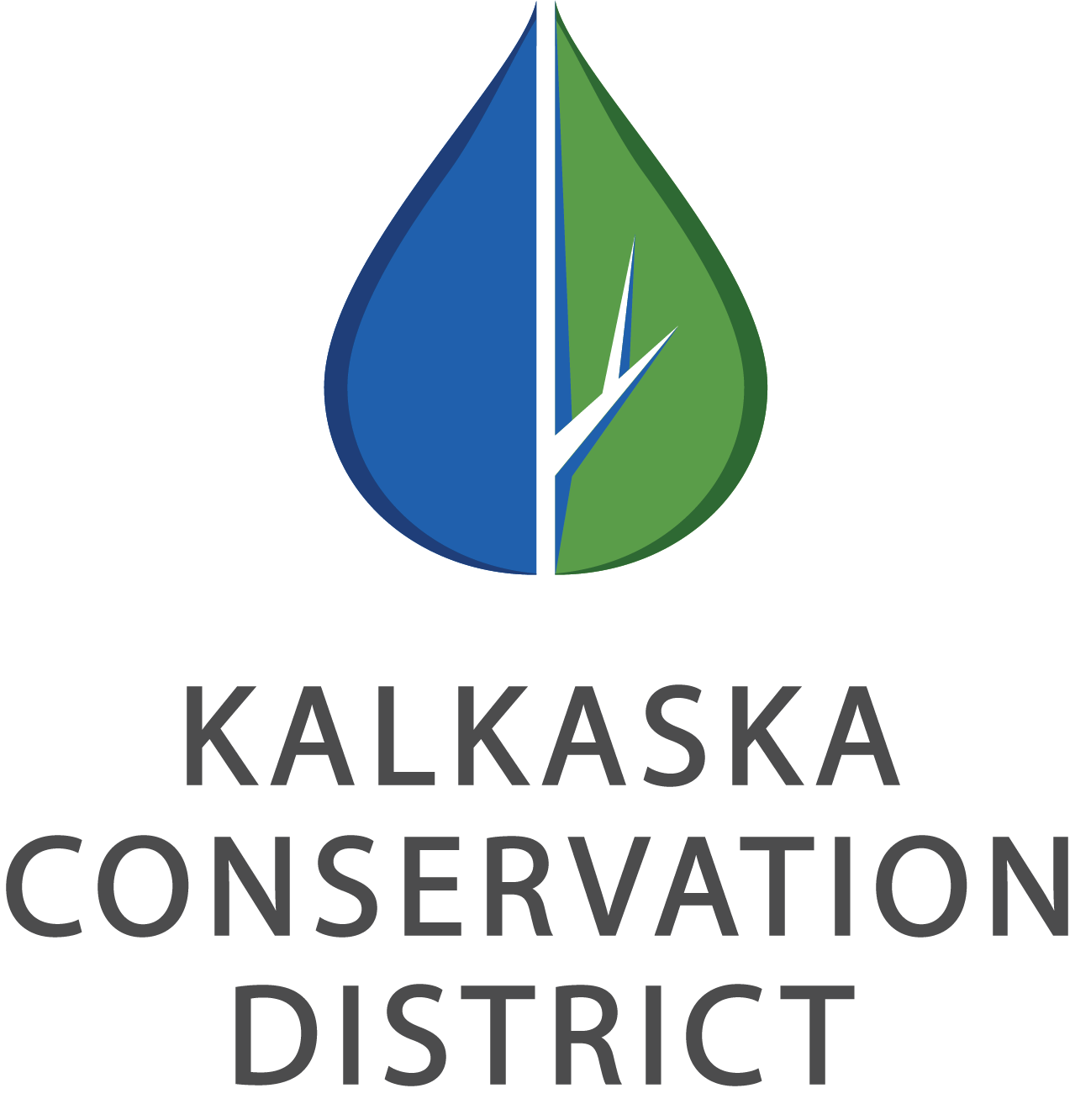Funding Available to Landowners for Conservation Projects
By Marilyn Shy
Do you have a piece of property that you would like to see reforested? Or a field that could be planted to increase habitat for pollinators? Or a shoreline in need of erosion protection?
Then you may be eligible for to receive funding to offset the costs these projects, and others that are similar, for protecting and managing the natural resources on your land.
The Kalkaska Conservation District has a new program for cost-sharing which includes the following practices: forest management plans, reforestation, timber stand improvement, wildflower and pollinator plantings, shoreline restoration, and moving non-conforming homes away from the river’s edge. To be considered for the funding you must first fill out an application that is available from the Conservation District.
The purpose of this cost-share program is to encourage and promote productive private land use while enhancing and maintaining the natural resource base. Applications will be ranked on individual criteria for each practice. Some of the criteria are size of parcel, distance to water, elevation, number of seedlings to be planted (in the case of reforestation). The criteria are different for each practice listed.
Applications are due April 30, 2022 for the first round of cost-share grants. The second round of applications are due September 30, 2022.
Although not all of the practices require a forest management plan, it is a requirement if you would like to be considered for funding of reforestation or timber stand improvement. And if you don’t have a plan yet, the cost-share program can help you pay for one. Priority will be given for parcels over 40 acres in size for both the cost-share of the planning, as well as for timber stand improvement. For reforestation, priority will be given for parcels 10 acres and larger.
Planting of native species is a component of both the pollinator planting and shoreline restoration practices. Native plants can increase the number of native insects and other animals which play an important role in pollinating food for people and wildlife. Native shorelines enhance water quality and habitat for native birds, amphibians, reptiles, fish and insects.
Moving non-conforming homes is a unique way to protect water resources. The Kalkaska Conservation District Cost-Share Program focuses on the Upper Manistee River, which is zoned as a natural river, meaning new homes must be built 100 feet or more back from the river’s edge. Legal non-conforming homes were built within 100 feet of the river before the zoning law went into effect. Moving a non-conforming home so it is outside of the 100-foot setback allows homeowners to make improvements without the burden of square foot limits and zoning board of review permission. It also allows more of the property to be naturalized, protecting the river and improving wildlife habitat along the shore.
For more information on any of these practices, or to obtain an application for cost-share, contact Mark Randolph at the Conservation District at (231) 258-3307. Or you mail email him at mark.randolph@macd.org.




